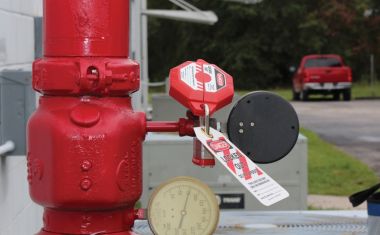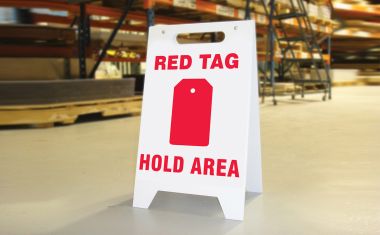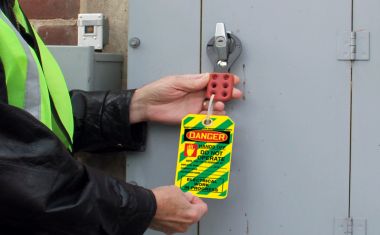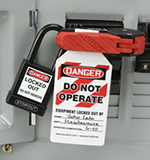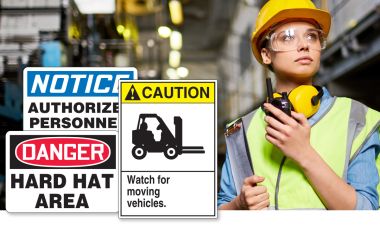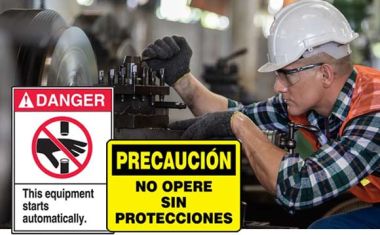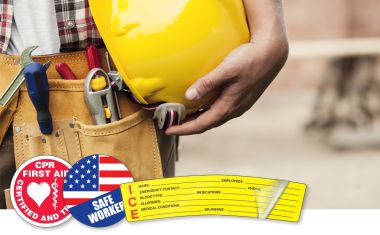Compliance Alert - Another Update - COVID-19 Vaccination and Testing; Emergency Temporary Standard (ETS)
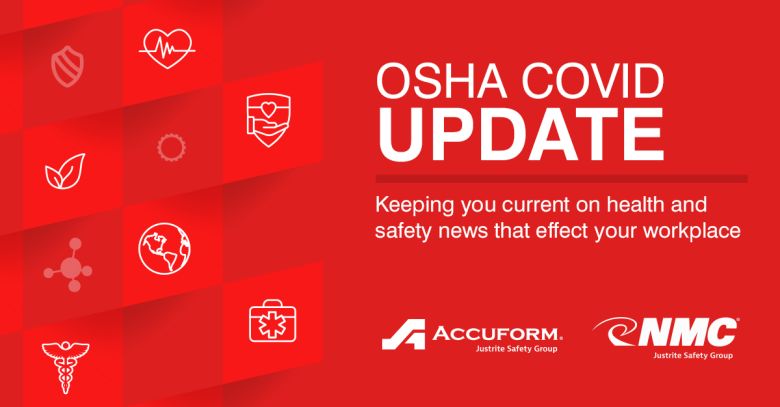
Update: The U.S. Court of Appeals for the Sixth Circuit reinstated the vaccine-or-test mandate for large employers. It lifts the Fifth Circuit’s earlier stay of OSHA’s emergency temporary standard (ETS).
The reinstatement has moved the effective dates. OSHA will not issue citations for noncompliance before January 7th and will not issue citations for noncompliance with the standard’s testing requirements before February 9th.
Employers should pay close attention to legal maneuverings and their outcomes. Continuing to keep you up-to-date here.
_________________________________________________________________________________________________
The Occupational Safety and Health Administration (OSHA) is issuing a temporary emergency standard (ETS) to protect unvaccinated employees of large employers (100 or more employees) from the risk of contracting COVID-19 by strongly encouraging vaccination. Covered employers must develop, implement, and enforce a mandatory COVID-19 vaccination policy, except for employers that instead adopt an approach requiring employees to either get vaccinated or elect to undergo regular COVID-19 testing and wear a face covering at work instead of vaccination.
OSHA released its Emergency Temporary Standard (ETS) on protecting employees from the COVID-19 virus. The ETS requires employers with 100 or more employees (note, this is total employee count, not employee count per location) to develop, implement, and enforce a mandatory COVID-19 vaccination policy unless they adopt an approach requiring employees to choose to either be vaccinated or undergo regular COVID-19 testing and also wear a face covering at work if not vaccinated. Remote employees are included in the employee count total but are not included in the vaccination/testing policy.
Employers will be required to pay for time off to receive a COVID-19 vaccine and deal with side effects post-vaccination. Employers do not need to pay for time off for testing, nor do they need to pay for face coverings.
“… employers may consider utilizing workplace announcements (e-mail messages, safety talks, etc.) or displaying signs or posters throughout the facility about proper face-covering usage. “
Covered employers:
- Private employers with 100 or more employees’ firm- or corporate-wide.
- In states with OSHA-approved State Plans, state-and local-government employers, and private employers, 100 or more employees will be covered by state occupational safety and health requirements.
Note: The ETS does not cover:
- Workplaces covered under the Safer Federal Workforce Task Force COVID-19 Workplace Safety: Guidance for Federal Contractors and subcontractors; and
- Settings where an employee provides healthcare services or healthcare support services when subject to the requirements of the Healthcare ETS (§ 1910.502).
In addition to creating the vaccination/testing policy, employers must also:
- Determine the vaccination status of each employee, obtain acceptable proof of vaccination status from vaccinated employees, and maintain records and a roster of each employee’s vaccination status. Without evidence of vaccination, employees are not considered fully vaccinated.
- Ensure each worker who is not fully vaccinated is tested for COVID-19 at least weekly (if the worker is in the workplace at least once a week) or within seven days before returning to work (if the worker is away from the workplace for a week or longer). Home testing is allowed only if observed by the employer or an authorized telehealth proctor.
- Require employees to provide prompt notice when they test positive for COVID-19 or receive a COVID-19 diagnosis. Employers must then remove the employee from the workplace, regardless of vaccination status; employers must not allow them to return to work until they meet the required criteria. Employers need not pay employees for this time off.
- Treat testing records like medical records, which means they must be retained for the duration of employment plus 30 years, in most cases.
- Upon request, provide OSHA with the aggregate number of fully vaccinated employees at the workplace, along with the total number of employees at that workplace within four hours of a request.
- Ensure that, in most circumstances, each employee who has not been fully vaccinated wears a face covering when indoors or when occupying a vehicle with another person for work purposes.
- Employers are required to report a COVID-19 in-patient hospitalization or fatality that occurs at any time after a work-related incident (i.e., exposure). Report work-related COVID-19 hospitalizations within 24 hours of learning about them and report work-related fatalities within eight hours of learning about them. Note: Unlike the severe general injury reporting requirement, reporting is not limited by time of exposure and the time of hospitalization or fatality.
- Provide each employee with information, in a language and at a literacy level the employee understands, about the requirements of the ETS and workplace policies and procedures established to implement the ETS; vaccine efficacy, safety, and the benefits of being vaccinated (by providing the CDC document “Key Things to Know About COVID-19 Vaccines”); protections against retaliation and discrimination; and laws that provide for criminal penalties for knowingly supplying false statements or documentation.
Employees may request medical or religious accommodations from the vaccination or testing requirements. Employers are urged to follow applicable guidance from the EEOC and legal counsel.
From the ETS
Through its enforcement guidance, OSHA identified several current standards and regulations that might apply when workers have occupational exposure to SARS-CoV-2, most of which are the same standards OSHA considered in the Healthcare ETS. (Updated Interim Enforcement Response Plan for Coronavirus Disease 2019 (COVID-19)) (OSHA, July 7, 2021). OSHA has also cited the Hazard communication standard (29 CFR 1910.1200) during COVID-19 investigations.
Accordingly, a list of potentially applicable standards and regulations follows:
• 29 CFR part 1904, Recording and Reporting Occupational Injuries and Illnesses. This regulation requires certain employers to keep work records [1] related fatalities, injuries, and illnesses and report them to the government in specific circumstances.
• 29 CFR 1910.132, General requirements — Personal Protective Equipment (PPE). This standard requires that appropriate PPE, including PPE for eyes, face, head, and extremities, protective clothing, respiratory devices, and protective shields and barriers, be provided, used, and maintained in a sanitary and reliable condition.
• 29 CFR 1910.134, Respiratory protection. This standard requires that employers provide and ensure the use of appropriate respiratory protection when necessary to protect employee health.
• 29 CFR 1910.141, Sanitation. This standard applies to permanent places of employment and contains, among other requirements, general housekeeping and waste disposal needs.
• 29 CFR 1910.145, Specification for accident prevention signs and tags. This standard requires the use of biological hazard signs and labels, in addition to other types of accident prevention signs and markers.
• 29 CFR Subpart U – COVID-19 Emergency Temporary Standard. The Healthcare ETS promulgated on June 21, 2021, includes various controls (patient screening and management, respirators and other PPE, limiting exposure to aerosol-generating procedures, physical distancing, physical barriers, cleaning, disinfection, ventilation, health screening and medical management, access to vaccination, anti-retaliation provisions, and medical removal protection) to address the grave danger posed by COVID-19 to healthcare workers.
• 29 CFR 1910.1020, Access to employee exposure and medical records. This standard requires that employers provide employees and their designated representatives access to relevant exposure and medical records.
• 29 CFR 1910.1200, Hazard communication. This standard requires employers to keep Safety Data Sheets (SDS) for chemical hazards, provide SDSs to employees and their representatives when requested, and train employees about those hazards. The standard does not apply to biological hazards, but hazard communication becomes an issue for the SARS-CoV-2 virus when chemicals are used to disinfect surfaces.
ARTICLE UPDATED ON JANUARY 3, 2022.
Resources:
